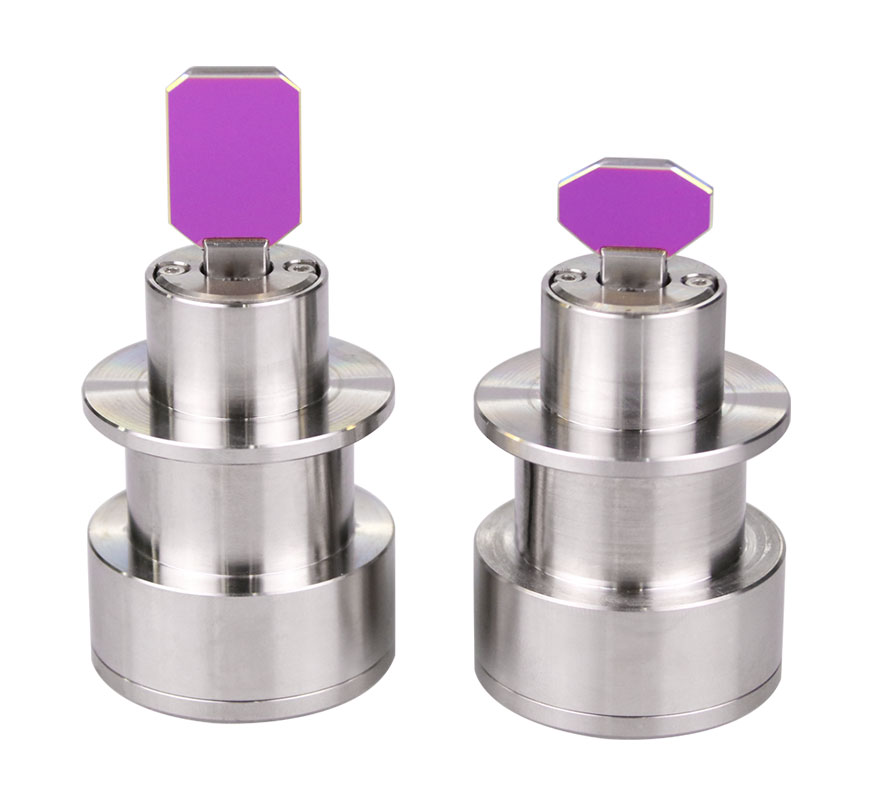With the emergence of new applications, scanner heads manufacturers are facing new requirements, such as integration of metrology (high-temperature gauges, cameras), to meet the requirements of applications such as welding and polymer contour welding. However, as mentioned above, high-power and high-brightness lasers will bring many other requirements to high-precision scanners, but they also open up new markets beyond traditional marking applications. There are now many applications that adopt new technologies and are still privately patented.
Nevertheless, even traditional laser processing, such as welding, cutting, or surface treatment, now requires the use of scanning galvanometers. For example, high-brightness laser is used to cut thin metal sheets at high speed, and zero-inertia laser beam positioning has replaced part positioning due to weight and inertia. The processing technology is called "remote cutting".

The famous "remote welding" process can be modified by combining robot positioning and high-speed scanning heads ("3D scanning welding"). It has been proven that this method can reduce the non-working time of the laser beam to almost zero (depending on the location and structure of the weld). When the robot performs smooth motion along the contour, the "jumping" deviation from one weld to the next can be controlled by the high-precision and high-speed scanning of the scanner head. In this "scanning welding" application, the key factor is software, which combines position and robot speed with the beam positioning controlled by the scanning head.
Since the mid-1990s, laser polymer welding has become a standard tool for automobile parts, mechanical devices, electronic components, and consumer products. It initially started with winding welding and the laser slowly moving along the weld. However, it has gradually evolved into multiple different methods, such as flat welding or synchronous welding, and has developed into today's advanced technology. The advantage of synchronous processing (such as softening the entire welding structure) is the welding path, that is, the relative movement of the parts to be welded can be used as a process control parameter. Synchronous laser welding requires the same geometry of the laser heat source and the weld geometry, making this technology very complex, expensive, and inflexible. A smart solution is "semi-synchronous" welding, where the laser beam repeats its motion on the entire weld structure, and the beam moves at a high speed to heat the entire weld above the softening point, thus achieving synchronous welding and weld path control. As the welding profile can be easily changed by software, this method is very flexible. Of course, this method is limited to flat structures, and laser power can be matched; in addition, the required speed and laser power can be proportional to the length of the weld. In addition to flexibility, this device uses a scanning head and the optical system mentioned above, which also allows online process control.
By improving precision, speed, and laser power, laser scanner galvanometer has become a very important tool in laser processing. Its market has expanded from traditional marking and rapid prototyping applications to laser material processing in multiple fields, including cutting, welding, surface treatment, polymer welding, and other applications. scanner galvanometer technology and innovative mechanical-electronic design concepts, especially new materials and intelligent solutions for mirror technology, have adapted to new market requirements. High-brightness laser sources have opened a bright future for scanner galvanometers.
Popular Scanner Optics Laser Scanning Solutions: